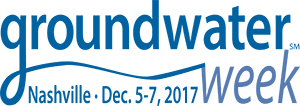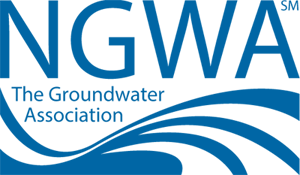Identification of the Optimal Locations for Artificial Infiltration
text:
Inhomogeneity of topsoil often exceeds what can be verified by boreholes. Non-invasive Geophysical investigations can efficiently increase our knowledge and thereby minimized structural uncertainties in near surface hydraulic modelling.
High resolution geophysical multi coil Ground Conductivity Meter DualEM421 investigations have shown to be a successful tool for detailed mapping of the soil conductivity within the upper 5-7 m. Combined with shallow boreholes, hydraulic head measurement and simple infiltrations test, detailed description of the hydraulic conditions of the near surface groundwater is obtained. Surveys can be scaled according to size of area and needs for resolution.
Experiences shows a strong relation between electrical conductivity measured with DualEM421 and geological conditions which again are strong related to hydraulic conductivity obtained by infiltration test e.g. double ring infiltrometer test. Site specific relation leads to significant improvement of data input for near surface 3D geological and hydraulic modelling, and thereby optimizes the assessment of hydraulic consequences for specific LID/SuDS and aquifer recharges solutions.
Knowledge of the spatial distribution of high permeable sand layers and less permeable clay layers is crucial when pointing out the optimum location for artificial infiltration.
LID/SuDS solutions for handling rainwater are often a necessity and an integrated part in the development of urban and suburban areas. Aquifer storage and recovery (ASR) is a commonly used tool for sustainable water resource management. Beside rainwater the reuse and infiltration of treated wastewater is an important source for maintaining water availability in water stressed environment.
Presentation will showcase example from both urban and suburban investigation, where integrated investigation has provided an improved knowledge and minimized uncertified when planning LID/SuDS solutions.



